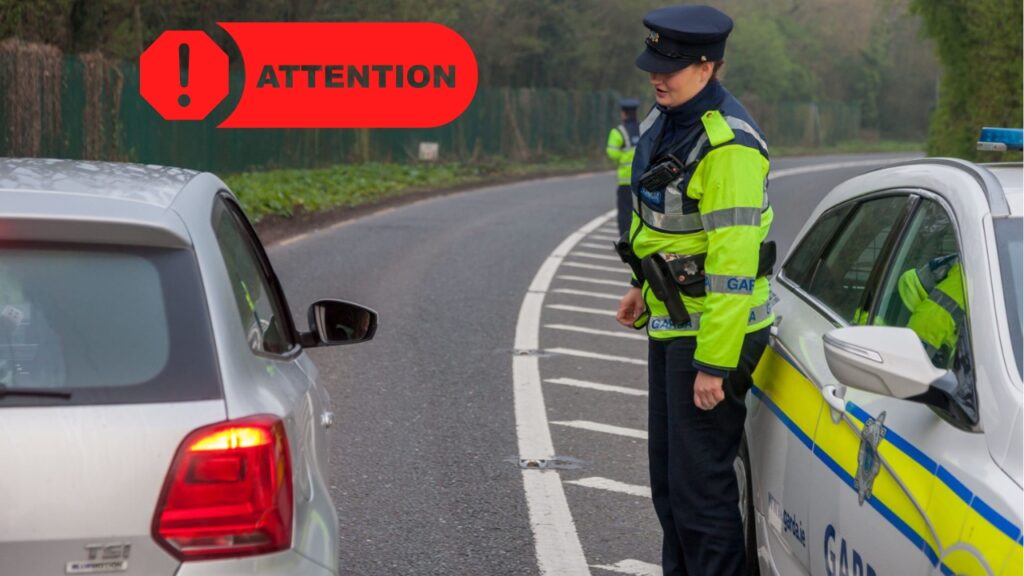
Getting behind the wheel in the UK means understanding which vehicles you’re legally allowed to operate. Your UK driving licence categories determine exactly what you can drive, from small mopeds to large commercial vehicles. This isn’t just bureaucratic paperwork – it’s about safety, legal compliance, and knowing your limitations on the road.
Whether you’re a new driver wondering about your options or an experienced motorist considering upgrading your licence, understanding these vehicle entitlements helps you make informed decisions. Let’s break down what each category means in practical terms.
Understanding Your Current Entitlements
Your driving licence shows specific category codes that indicate which vehicles you can legally operate. These aren’t suggestions – they’re legal requirements. Driving outside your permitted categories can result in serious penalties, insurance issues, and potential prosecution.
Before planning any vehicle purchase or rental, check your current entitlements online through the official DVLA service. Your licence might include restrictions that affect what you can drive, even within your permitted categories.
Two-Wheeled Vehicles: From Mopeds to Powerful Motorcycles
Moped Categories (AM, P, Q)
Category AM covers light two-wheeled and three-wheeled vehicles with speeds between 25km/h and 45km/h. This includes popular urban transport options and light quad bikes weighing up to 425kg.
Category P allows slightly faster two-wheeled vehicles reaching up to 50km/h with engines no larger than 50cc. Perfect for city commuting and short-distance travel.
Category Q covers the slowest vehicles, including trial e-scooters, with maximum speeds of 25km/h and 50cc engines maximum.
Motorcycle Categories (A1, A2, A)
Category A1 permits light motorbikes up to 125cc with power output limited to 11kW. This category also includes motor tricycles up to 15kW.
Category A2 increases your options to motorbikes with power output up to 35kW and specific power-to-weight ratios. You automatically gain A1 privileges too.
Category A removes most restrictions, allowing powerful motorbikes exceeding 35kW and motor tricycles above 15kW. This represents full motorcycle freedom.
Cars and Light Vehicles: Understanding Weight Limits
Standard Car Categories (B, B Auto, BE)
Category B varies significantly depending on when you passed your test. If you passed before 1 January 1997, you can typically handle vehicle and trailer combinations up to 8,250kg maximum authorised mass.
Post-1997 licence holders can drive vehicles up to 3,500kg with up to 8 passenger seats, plus tow trailers weighing up to 3,500kg.
Category B Auto restricts you to automatic transmissions only – no manual gearboxes allowed.
Category BE expands your towing capabilities, allowing 3,500kg vehicles with substantial trailers, subject to specific date-related restrictions.
Commercial and Large Vehicles: Professional Driving Options
Medium Vehicles (C1, C1E)
Category C1 opens doors to vehicles between 3,500kg and 7,500kg with trailers up to 750kg. Perfect for small commercial operations.
Category C1E adds larger trailer options while maintaining a combined weight limit of 12,000kg.
Large Commercial Vehicles (C, CE)
Category C covers vehicles exceeding 3,500kg with basic trailer entitlements. This represents serious commercial vehicle operation.
Category CE removes most trailer restrictions for Category C vehicles, enabling maximum cargo flexibility.
Passenger Transport: Minibuses and Buses
Minibus Categories (D1, D1E)
Category D1 permits vehicles with up to 16 passenger seats and maximum length of 8 metres. Ideal for small group transport.
Category D1E adds substantial trailer capabilities while maintaining the 12,000kg combined weight limit.
Full Bus Categories (D, DE)
Category D allows any bus with more than 8 passenger seats – from small city buses to large coaches.
Category DE combines full bus entitlements with unrestricted trailer options.
Driving Licence Categories Table
| Category | Vehicle Type |
|---|---|
| AM | Mopeds up to 45km/h, light quad bikes up to 425kg |
| A1 | Motorcycles up to 125cc, 11kW, tricycles up to 15kW |
| A2 | Motorcycles up to 35kW, power-to-weight ratio 0.2kW/kg |
| A | Unlimited motorcycles, tricycles over 15kW |
| B | Cars up to 3,500kg, 8 passenger seats |
| BE | Category B vehicles with trailers up to 3,500kg |
| C1 | Vehicles 3,500kg to 7,500kg with 750kg trailers |
| C1E | C1 vehicles with trailers over 750kg, combined 12,000kg |
| C | Vehicles over 3,500kg with 750kg trailers |
| CE | Category C vehicles with unlimited trailers |
| D1 | Minibuses up to 16 seats, 8 metres length |
| D1E | D1 vehicles with trailers, combined 12,000kg |
| D | Buses over 8 passenger seats |
| DE | Category D vehicles with unlimited trailers |
Frequently Asked Questions
Can I drive a motorhome with a standard car licence?
Yes, if your motorhome weighs under 3,500kg and you hold Category B entitlement. Heavier motorhomes require C1 category.
What happens if I’m caught driving outside my licence category?
You face potential prosecution, penalty points, fines, and insurance invalidation. Always verify your entitlements before driving unfamiliar vehicles.
Do I need additional tests for trailer towing?
This depends on your licence date and trailer weight. Post-1997 licence holders often need additional tests for larger trailers.
Major Changes August 2025: New Updates to WEP and GPO Under Social Security Fairness Act 2025